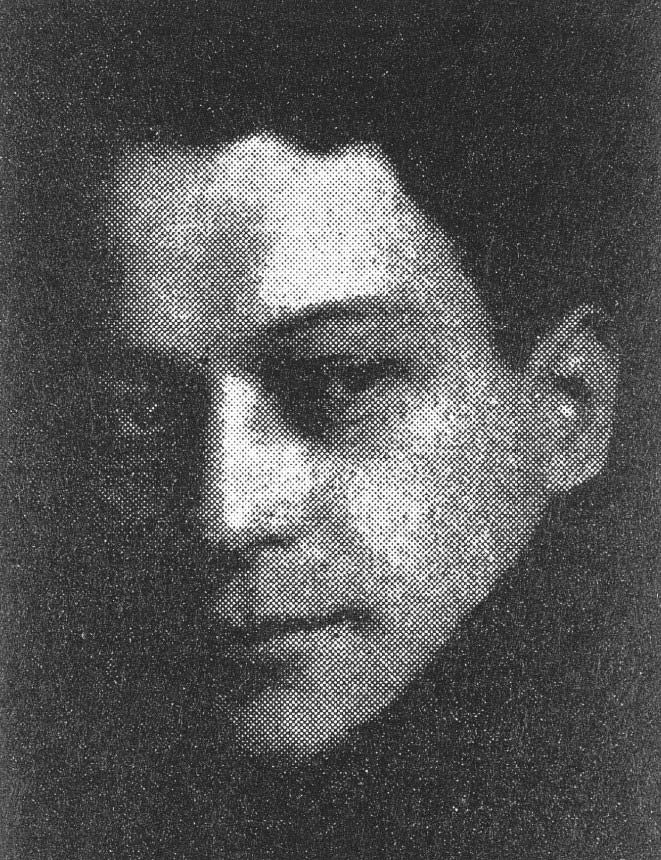Alexandre HEIMOVITS
January 2, 2019Alice HOHERMANN
January 2, 2019Ignacy HIRSZFANG
KIELCE (POLAND) 1890 – DEPORTED 1943
Ignacy Hirszfang soon left Kielce and joined the artists’ community in Lodz where his technique and his watercolors became well known. Before coming to France, he studied painting at the School of Fine Arts in Krakow. Once he finished his studies, he traveled several times to Paris, Krakow, and Warsaw, where he exhibited his work, together with other painters. He asso ciated with writers and journalists in Warsaw. In 1939, he settled in Paris and later left for the south of France. In Poland, he often painted the Kazimierz neighborhood in Krakow, which Alice Halicka also depicted. In France, he was amazed by the light in Saint-Paul-de-Vence and painted landscapes at twilight.
Hirszfang hoped that he would not be arrested as he had a heart condition. A doctor in Nice gave him a certificate proving that he suffered from a serious illness. He dreamed of going to the United States and tried to get an American visa. In August 1943, he was arrested by French police officers in the south of France. He was deported in 1943.
Stories of Jewish Artists of the School of Paris 1905-1939
FRENCH-ENGLISH
Capitale des arts, le Paris des années 1905-1939 attire les artistes du monde entier. De cette période de foisonnement, un terme est resté, celui d'Ecole de Paris, qui recouvre une grande diversité d'expression artistique. Dans ce brassage dont Montparnasse est le creuset, un groupe se distingue : celui des artistes juifs venus de Russie, de Pologne et d'Europe centrale. Si leurs styles sont variés, un destin commun les rassemble : ils fuient l'antisémitisme de leur pays d'origine. Certains ont connu la célébrité dès les années 1920, tels Soutine, Lipchitz ou Chagall. D'autres n'ont pas eu le temps ou la chance d'y accéder. Près de la moitié a péri dans les camps de concentration nazis.
From 1905 to 1939, Paris attracted artists from all over the globe as the capital of the art world. This period of artistic proliferation became known as the School of Paris, and includes a great diversity of artistic expression. Within the teeming art world centred on Montparnasse, one group set itself apart: Jewish artists from Russia, Poland, and Central Europe. Although their styles were diverse, they shared the common fate of fleeing anti-Semitic persecutions in their home countries. Some became famous in the 1920s, such as Soutine, Lipchitz, and Chagall, while others did not have the time or the luck to gain renown. Nearly half of these artists died in Nazi concentration camps.





